The transition from the traditional V8 engines to the new twin-turbo V6 V35A-FTS engine by Toyota has raised questions about the brand’s renowned quality, durability, and reliability (QDR).
This shift has been met with scrutiny, given Toyota’s history of producing long-lasting and dependable vehicles. Here’s a closer look at the insights shared by Andrew P. Collins, referencing the investigation by Tinkerer’s Adventure on YouTube, and some of the concerns surrounding the new engine.

Key Features and Differences of the V35A-FTS Engine
Engine Specifications:
The V35A-FTS is a 3.4-liter twin-turbo V6 engine.
It produces 479 lb-ft of torque, a remarkable increase from the 329 lb-ft produced by the previous 4.6-liter naturally aspirated V8 (1UR-FE).
Engine Design:
The V35A-FTS is under-square, meaning it has a longer stroke (100mm) than its bore (86mm). This design typically enhances low-end torque.
In comparison, the 1UR-FE V8 had an 83mm stroke and a 94mm bore, making it over-square, which is often better for high-revving performance but less so for low-end torque.
Thermal Efficiency and Combustion:
The V35A-FTS employs a high-speed combustion process, optimized intake port angles, and better tumble flow to enhance the air-fuel mixture and minimize energy losses.
Toyota aims to achieve high specific power output without compromising thermal efficiency, a common challenge for high-output engines.
Issues and Concerns
Main Bearing Failures:
Reports of main bearing failures have surfaced, particularly in Lexus LX600s and Toyota Tundra pickups equipped with the V35A-FTS.
Chris Gonzales, a seasoned Lexus technician, noted that out of his 20 years of experience, the only main bearing issues he has encountered were with this new V6 engine.
Engine Design Adjustments:
The V35A-FTS uses metal overlay bearing liners instead of the resin liners found in the previous V8. This change is intended to support high load and high-speed driving.
The engine’s four-bolt main bearing caps are combined into a ladder frame, which Toyota claims increases rigidity and durability, contrasting the six-bolt caps used in the V8.
Diagnosis and Repair Challenges:
When main bearing failures occur, Toyota typically instructs dealerships to replace the entire short block while retaining unaffected parts from the original engine. This process can be time-consuming and stressful for both technicians and owners.
No definitive cause for the bearing failures has been identified, making it a complicated issue to address.
Broader Implications
Unresolved Questions:
The engine is relatively new, and there hasn’t been enough time or enough cases to determine if these issues are part of a broader problem.
Driving habits and other usage factors could also contribute to these failures, adding another layer of complexity to diagnosing the issue.
Continued Monitoring:
As more V35A-FTS engines accumulate mileage, more data will become available, which may help pinpoint the causes of these problems and lead to potential solutions.
Stakeholders, including technicians, owners, and potential buyers, are keenly watching for any developments or further reports on the engine’s performance and reliability.
Conclusion
While Toyota’s V35A-FTS engine represents a serious shift in their engineering approach, aiming to balance high power output with thermal efficiency, early reports of main bearing failures have raised concerns about its reliability.
Continued observation and analysis will be crucial in determining whether these issues are anomalies or indicative of a more widespread problem. For now, the automotive community remains cautiously optimistic but vigilant, as they await more long-term data and insights.





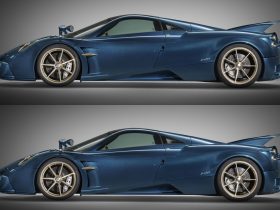
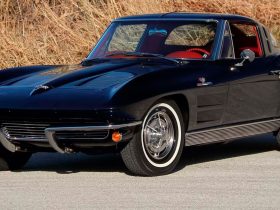
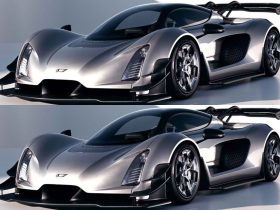

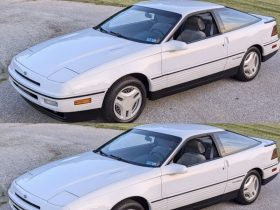



















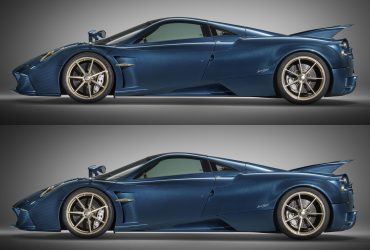
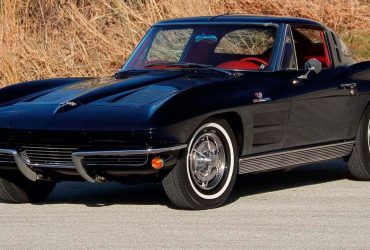
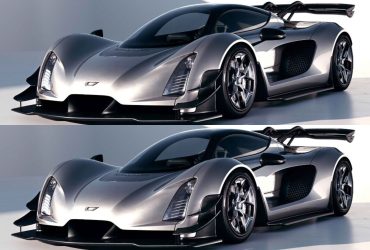
Leave a Reply